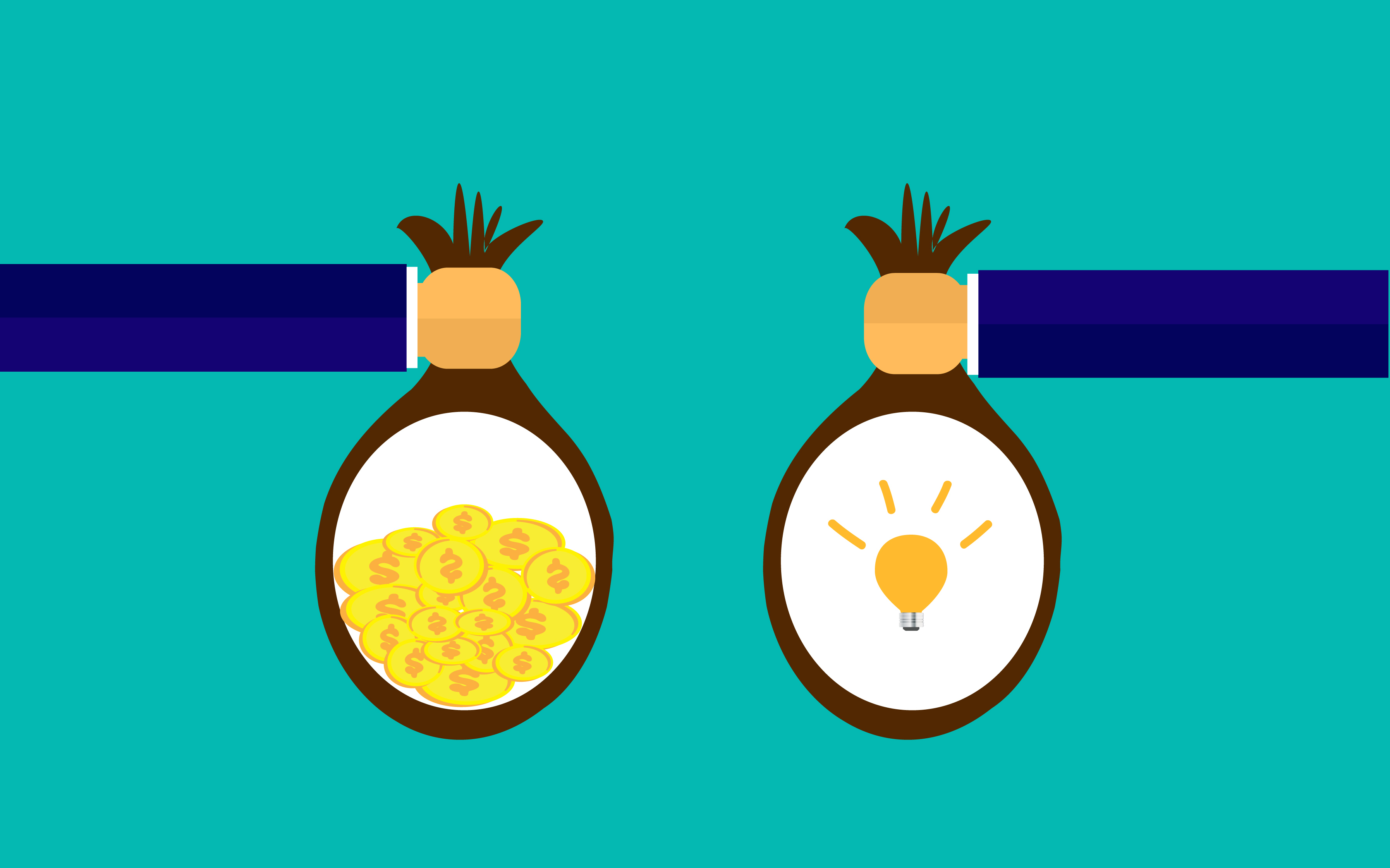The screen glowed, a cold mirror reflecting not just my face, but the exact contours of my despair. Another match, another loss. The memory was fresh, acidic, and now, the video replay was ready to pour salt on the wound. My fingers hovered over the keyboard, a familiar dread settling in, the same dull ache I’d felt 43 times before. I’d spent 13 minutes, maybe even 23, meticulously noting every blunder. Forehand errors: 13. Backhand errors: 23. Missed serves: 3. The raw numbers stared back, a digital accusation, confirming what my gut already screamed: I played badly. Terribly, even. It offered no escape, no solace, no obvious path forward beyond a vague, crushing ‘do better next time.’
That’s the trap, isn’t it? We’re told, almost religiously, to ‘get data.’ To record, to measure, to quantify every aspect of our performance. From athletic endeavors to business metrics, the mantra is the same: more information equals better decisions. But what if that information, meticulously gathered, beautifully charted, is nothing more than a glorified highlight reel of our failures? What if it’s less a surgical tool and more a blunt instrument for self-flagellation? Most of us, myself included, aren’t collecting data; we’re just documenting symptoms. We’re tallying the broken bones without ever X-raying for the underlying fracture, or worse, understanding why we fell 33 times in the first place.
The Data Delusion
This isn’t just about my tennis game, or your golf































